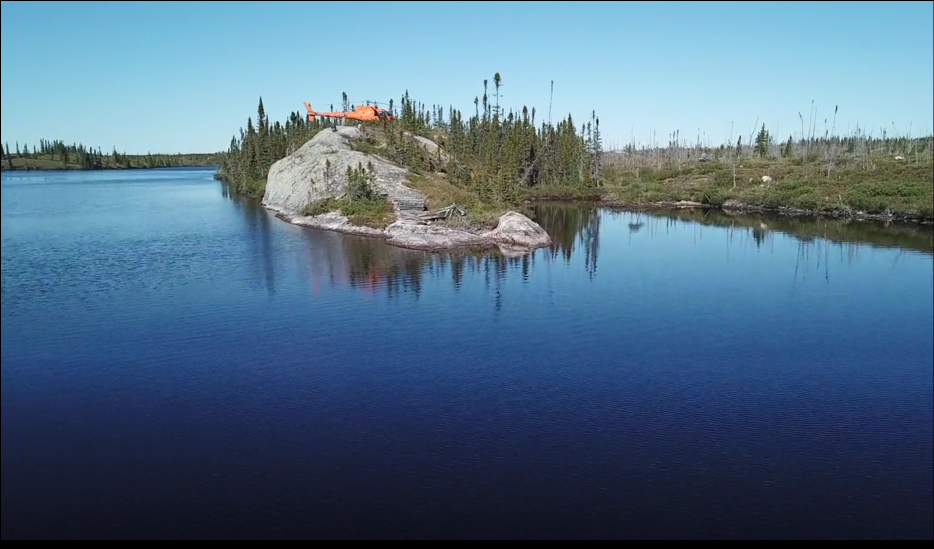Oil sands upgraders may make a comeback amid pipeline crisis with $1-billion Alberta pledge

Turning Canada’s heavy oilsands into a more marketable kind of crude is making a comeback, or rather half a comeback.
Alberta’s government’s $1-billion pledge (US$780 million) will help support the construction of smaller and cheaper varieties of upgraders. The so-called partial upgraders would process the sticky oil just enough so that it can flow freely through pipelines without adding ultra-light condensate. The government expects that as many as five private investors will infuse about $5 billion in the sector.
Interest in building full upgraders dwindled prior to the 2014 downturn in oil prices amid soaring costs and as the U.S. fracking boom sent a surge of light oil onto the market, depressing prices for similar synthetic crude. The older versions were refinery-sized plants that would cost billions of dollars to build today. The partial upgraders are cheaper, and would produce a grade that’s easier to refine and transport without the need for more-expensive diluent.
“Partial upgrading does part of the job and gets part of the benefit,” Kent Fellows, a research associate at the School of Public Policy and one of the report’s authors. “Its a much-less intensive process and a much less costly process.”
Since partial upgrading would reduce or eliminate the need for the condensate that makes up about a third of the heavy oilsands crude, it would free up pipeline space and produce a grade of oil that’s easier to refine and more valuable than the heavy grades produced currently, Fellows said.
COMMERCIAL BASIS
Nexen Energy Ulc shut its Long Lake facility after a fatal accident, while Suncor Energy Inc. abandoned plans to build a new upgrader five years ago amid surging costs. The lack of additional upgraders worsened a glut in the domestic market amid rising production. Heavy Canadian crude traded at its biggest discount in more than four years to U.S. benchmark West Texas Intermediate oil futures last month as pipelines filled up.
The new upgraders aren’t yet operating on a commercial basis and more than ten technologies are being tested or developed, according to a report by the University of Calgary’s School of Public Policy. Calgary-based MEG Energy Corp. is currently constructing 3,000 barrel-a-day commercial demonstration of a partial upgrader using so-called Hi-Q technology, Davis Sheremata, a spokesman for MEG, said in an email. The work will take 18 to 24 months but the pace of construction depends on financing, he said.
A 100,000 barrel-a-day partial upgrader could raise the value of a barrel of bitumen by US$10 to US$15 by converting it into a heavy or medium grade of crude oil, according to Fellows’ report. That’s equal to between US$33 and US$38 a barrel at current bitumen prices versus US$35 a barrel for heavy Western Canadian Select, an oilsands benchmark, data compiled by Bloomberg show.
CHUMP CHANGE
A 100,000 barrel-a-day plant would include a solvent de-asphalter and hydrotreater and cost about US$3 billion to construct, Fellows’ report said. That’s about a quarter the cost of Suncor’s Voyageur upgrader before it was cancelled in 2013.
MEG “will be watching for more details on how the Alberta Government plans to implement this program” to fund partial upgrading, spokesman Sheremata said.
FluidOil Corp., a U.K.-based company, is working with a Canadian producer on a project to build a 1,000 barrel-a-day partial upgrader, Charles Parker, the company’s chief executive officer, said in a phone call. Parker declined to reveal his partner but said the company produces more than 100,000 barrels a day and is among the five largest.
The aide for partial upgrading, in the form of loan guarantees and grants, is part of a bill introduced to the legislature last week that also includes another $1 billion for petrochemical projects.
Alberta’s financial support may jump start this fledgling technology, Fellows said. “I have no idea if a billion is the right amount to make this go forward,” he said. “It’s not chump change.”
{{ commodity.name }}
{{ post.title }}
{{ post.date }}

Comments